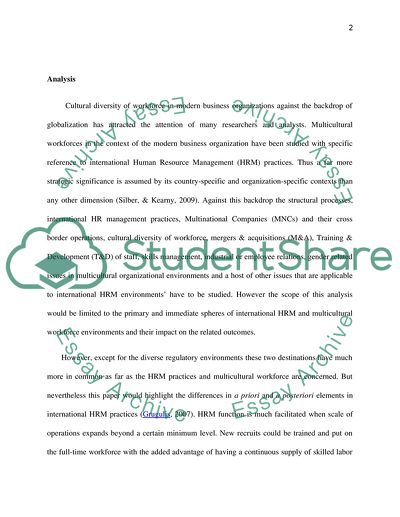Cite this document
(Human Resource Management and Organizational Outcomes in the Modern Thesis, n.d.)
Human Resource Management and Organizational Outcomes in the Modern Thesis. Retrieved from https://studentshare.org/human-resources/1731718-management-in-practice
Human Resource Management and Organizational Outcomes in the Modern Thesis. Retrieved from https://studentshare.org/human-resources/1731718-management-in-practice
(Human Resource Management and Organizational Outcomes in the Modern Thesis)
Human Resource Management and Organizational Outcomes in the Modern Thesis. https://studentshare.org/human-resources/1731718-management-in-practice.
Human Resource Management and Organizational Outcomes in the Modern Thesis. https://studentshare.org/human-resources/1731718-management-in-practice.
“Human Resource Management and Organizational Outcomes in the Modern Thesis”, n.d. https://studentshare.org/human-resources/1731718-management-in-practice.


